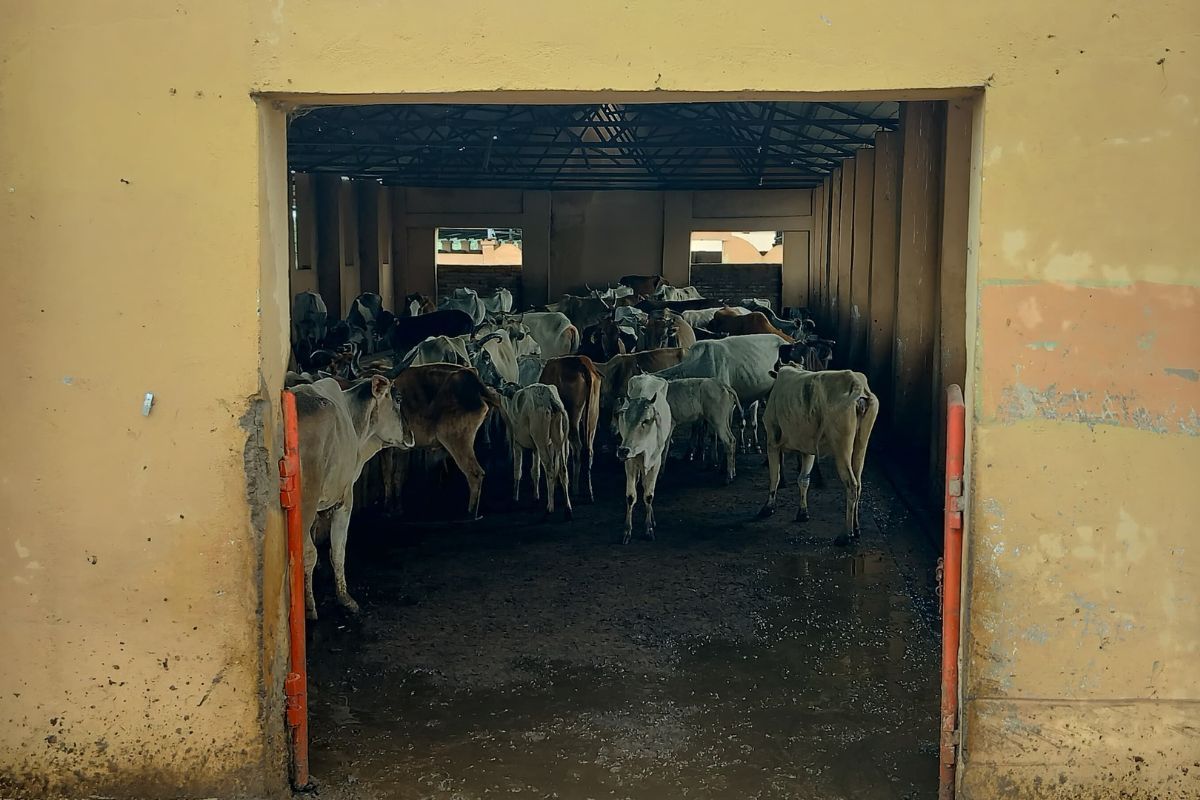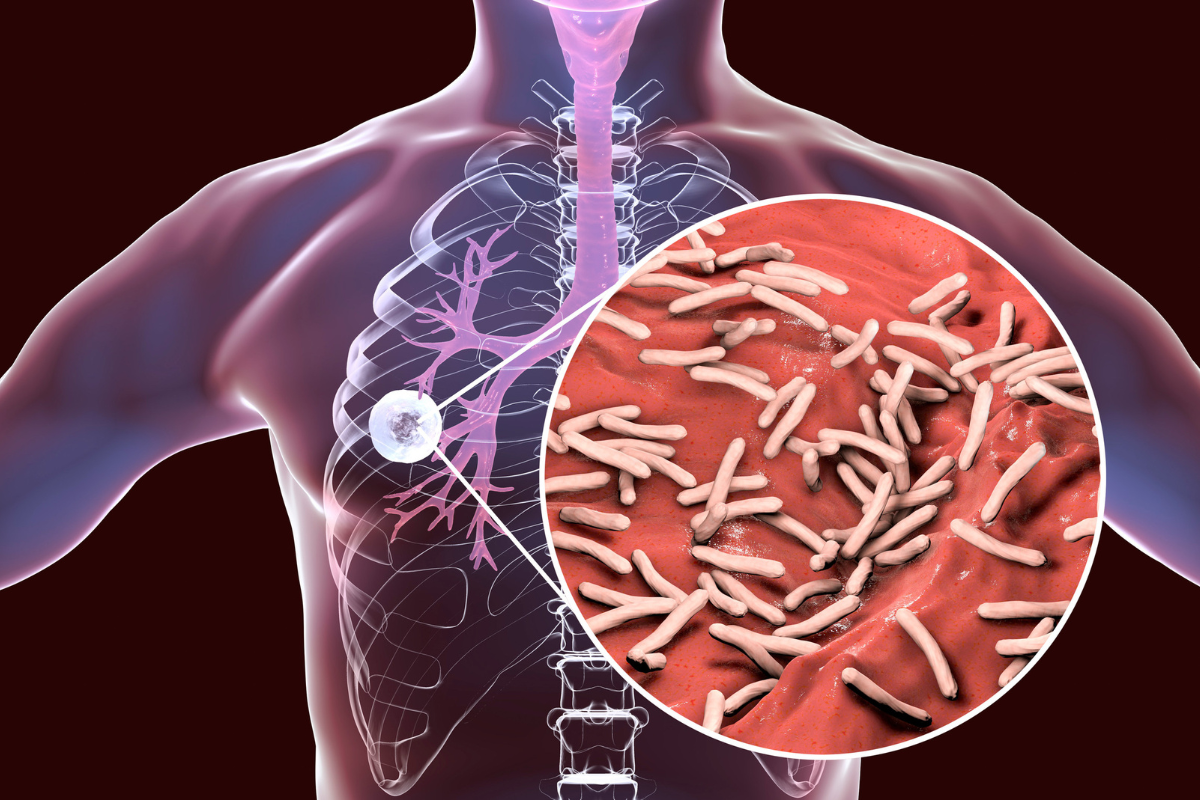Our current consumption habits have a significant impact on our collective carbon footprint, as it is estimated that approximately 25% of global greenhouse gas emissions are related to the food we eat.
The impact of food on greenhouse gas emissions can be overlooked, as a survey in Britain last year showed that respondents considered “growing plants and meat on farms” less contributing to change climate than other listed activities.
However, two recent articles published in Nature Food indicate that food production, particularly beef, generates more greenhouse gas emissions than previously believed. Therefore, reducing the consumption of beef and other meat products can be one of the most effective ways to decrease your carbon footprint.
According to the Intergovernmental Panel on Climate Change in 2019, the global food system was responsible for 21-37% of greenhouse gas emissions.
In March this year, researchers from the European Commission and the UN Office for Food and Agriculture published a study that estimated that food was responsible for 34% of greenhouse gas emissions in 2015.
Animal-Based Foods and Greenhouse Gases
| Rank | Food | CO2 Kilos Equivalent | Car Miles Equivalent |
| 1 | Beef | 27.0 | 63 |
| 2 | Cheese | 13.5 | 31 |
| 3 | Pork | 12.1 | 28 |
| 4 | Chicken | 6.9 | 16 |
| 5 | Tuna | 6.1 | 14 |
| 6 | Eggs | 4.8 | 11 |
| 7 | Potatoes | 2.9 | 7 |
| 8 | Rice | 2.7 | 6 |
| 9 | Nuts | 2.3 | 5 |
| 10 | Beans/tofu | 2.0 | 4.5 |
| 11 | Vegetables | 2.0 | 4.5 |
| 12 | Milk | 1.9 | 4 |
| 13 | Fruit | 1.1 | 2.5 |
| 14 | Lentils | 0.9 | 2 |
Reducing Food Emissions: Consumer Strategies
Although many of the foods that contribute to high levels of greenhouse gas emissions are an integral part of cultural dishes and figure prominently in our diets, it is critical to recognize that the current agricultural practices used to produce them are harmful to the environment and atmosphere.
However, reducing our dependence on and consumption of these foods does not have to mean sacrificing the enjoyment of delicious foods.
One can creatively reimagine recipes, explore new dishes that incorporate low-carbon ingredients, or seek responsibly sourced products. While big changes are necessary on the production side, consumers can also play an important role in influencing farming practices by carefully choosing where to place their demand.
By diverting part of our food budget away from high-emission foods like beef and dairy to low-emission foods like tofu or nuts, consumers can persuade producers and governments to invest in products sustainable and diverse agriculture.
Environmental cost of Food
A recent study by Xiaoming Xu and eight co-authors from the University of Illinois at Urbana-Champaign divides the impact of greenhouse gas emissions between 171 crops and 16 animal products.
The study reveals that animal-based foods are responsible for 57% of agricultural greenhouse gas emissions, while plant-based foods account for 29%. Specifically, beef and cow’s milk alone contribute to 34% of these emissions.
These findings, combined with those of a previous study, suggest that livestock production alone is responsible for 12% of global greenhouse gas emissions.
Which Foods have smallest Carbon Footprint?
On the other hand, there are foods that have a considerably lower environmental impact. By increasing our consumption of these foods compared to others, we can begin to use our diet to combat climate change. These include:
Bananas – Bananas are easily grown with minimal soil development, converting direct sunlight into long-lasting, nutritious food. They can be transported by sea, which is generally more efficient than air transport, and have a slow maturation process, making them long-lasting.
Brassicas – Broccoli, collards, and kale are part of the Brassica family, which grow well in harsh conditions, resulting in a low carbon footprint. Since only part of the plant is consumed, it is ideal for producing biomass for organic farming and has become the centre of many sustainability practices within the agricultural industry.
Potatoes – This hardy staple can be grown all over the world with minimal processing or preparation. Compared to beef, which has a whopping 59.75kg of CO2e per kilo of feed, potatoes generate just 0.37kg.
Support us to keep independent environmental journalism alive in India.
Keep Reading
Part 1: Cloudburst in Ganderbal’s Padabal village & unfulfilled promises
India braces for intense 2024 monsoon amid recent deadly weather trends
Follow Ground Report on X, Instagram and Facebook for environmental and underreported stories from the margins. Give us feedback on our email id greport2018@gmail.com.
Don’t forget to Subscribe to our weekly newsletter, Join our community on WhatsApp, and Follow our YouTube Channel for video stories.









